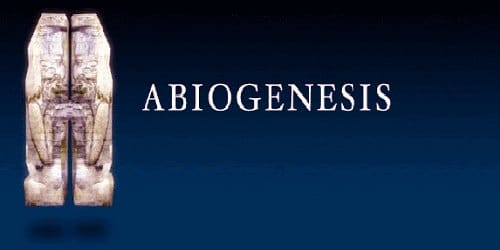Abiogenesis is one of the modern evolutionary theories about how life originated. It referred to the now-extended hypothesis of the spontaneous generation. It was once believed that complex animals such as rats, maggots, etc. Although the details of this process are still unknown, the conventional scientific hypothesis is that the transformation from inanimate to living beings was not a single event, but an evolutionary process of increasing complexity involving molecular self-replication, self-assembling, autocatalysis, and cell proliferation. Although the phenomenon of indigenization is not controversial among scientists, its possible mechanisms are rarely understood. No evidence has been found as to where or when such a life could be created. Indeed, what we know in science today indicates that abiogenesis could not have occurred under any of the natural possible conditions.
Researchers study abiogenesis through a combination of molecular biology, paleontology, astronomy, oceanography, biophysics, geochemistry and biochemistry, and aim to determine how pre-life chemical reactions evolved life. The study of abiogenesis can be geophysical, chemical, or biological, with the latest method attempting three syntheses as well as life emerging in a different state than the world today. Miller theorist said that over billions of years these molecules could combine into self-replicating versions such as RNA and DNA. Subsequent laboratory tests have confirmed these results in the following decades. Any successful theory of eigengenes must explain the origin and interaction of these classes of molecules. Several specific experiments have provided ample evidence that the molecular structure of many cells can be formed from inorganic solutions with an input of energy. Both polypeptides (proteins) and RNA are synthesized in this way. The classic 1952 Miller-Uri test and similar studies proved that most amino acids, the chemical constituents of proteins used in all organisms, can be synthesized from inorganic compounds for the purpose of replicating the initial state. The various elements were meant to mimic the primitive ocean, the pre-biological environment, and heat (in the form of lightning), respectively. A week later, Miller and Yuri discovered that ordinary organic molecules, including amino acids (the building blocks of proteins), were formed in the mimicry of the early Earth.
Abiogenesis, the concept originated from lifeless on Earth 3.5 million years ago. The final speculation is that biology could begin 17 million years after the Big Bang, in a habitable era, and that life could last all over the world. Abiogenesis gives birth to most Primitive form of life Possible. These can be as simple as replicating protein molecules. Life is known as the only place on earth for the universe, and evidence of the Earth’s fossils informs most studies of Abyssinia. Earth’s age is estimated at 4.54 billion years; He started the undisputed evidence of life on Earth at least 3.5 billion years ago, and probably the earliest epoch-making epoch began to follow the molten Hadian Inn. Thus, the theory of spontaneous generation became obsolete and was transmitted by the theory of biogenesis. The basic theory of biological genesis lies in the idea that life originates from a similar life form. However, extrinsic technologically intelligent life, in contrast to the simple microbial life described by Hedges, can be so rare that the closest neighbors of the human race may be left out of the possibility of our contact with them. Astronomer Jill Tarter of the STI Institute said that the causes of the Drake equation are a means of organizing our lack of knowledge.










